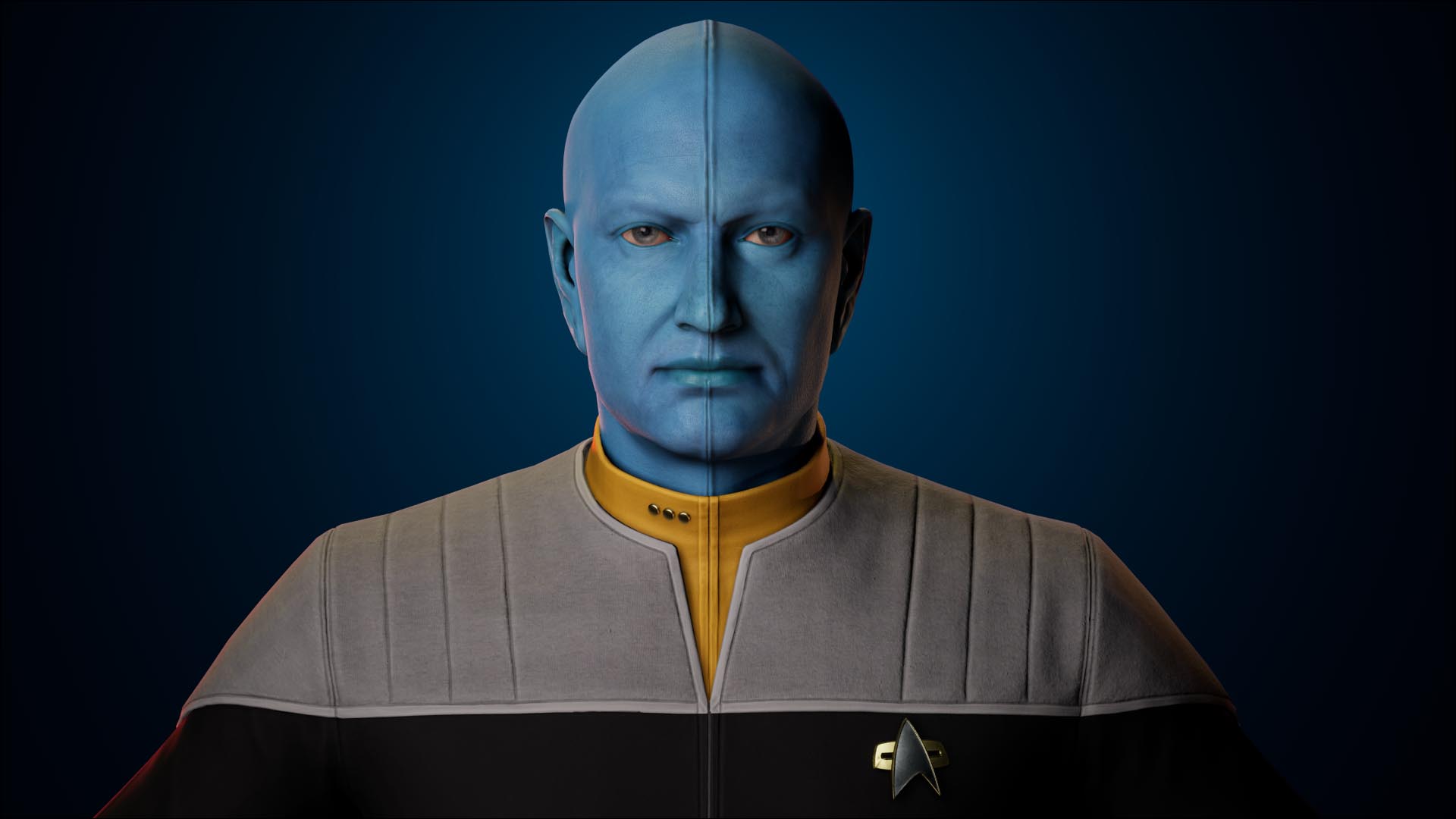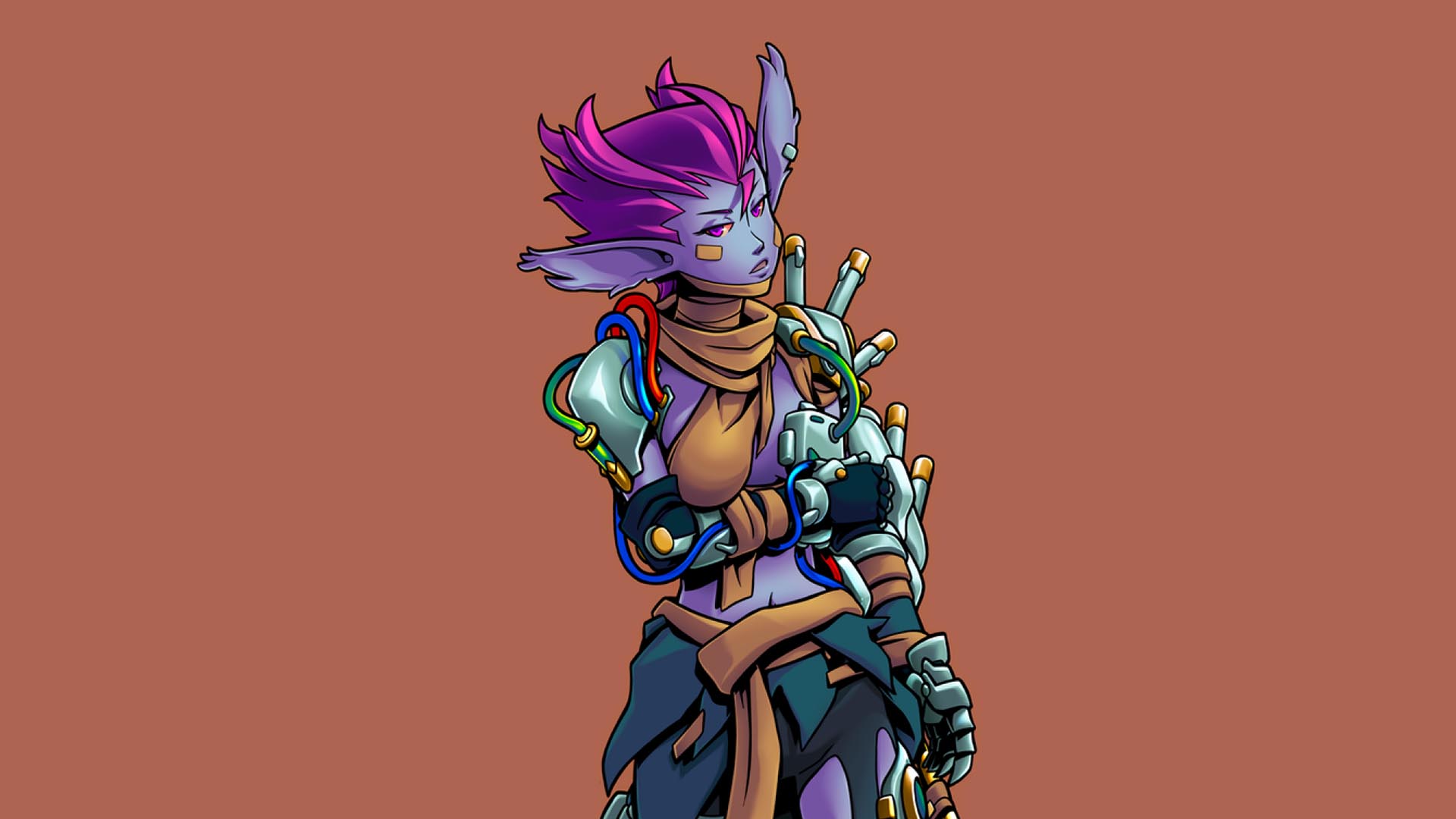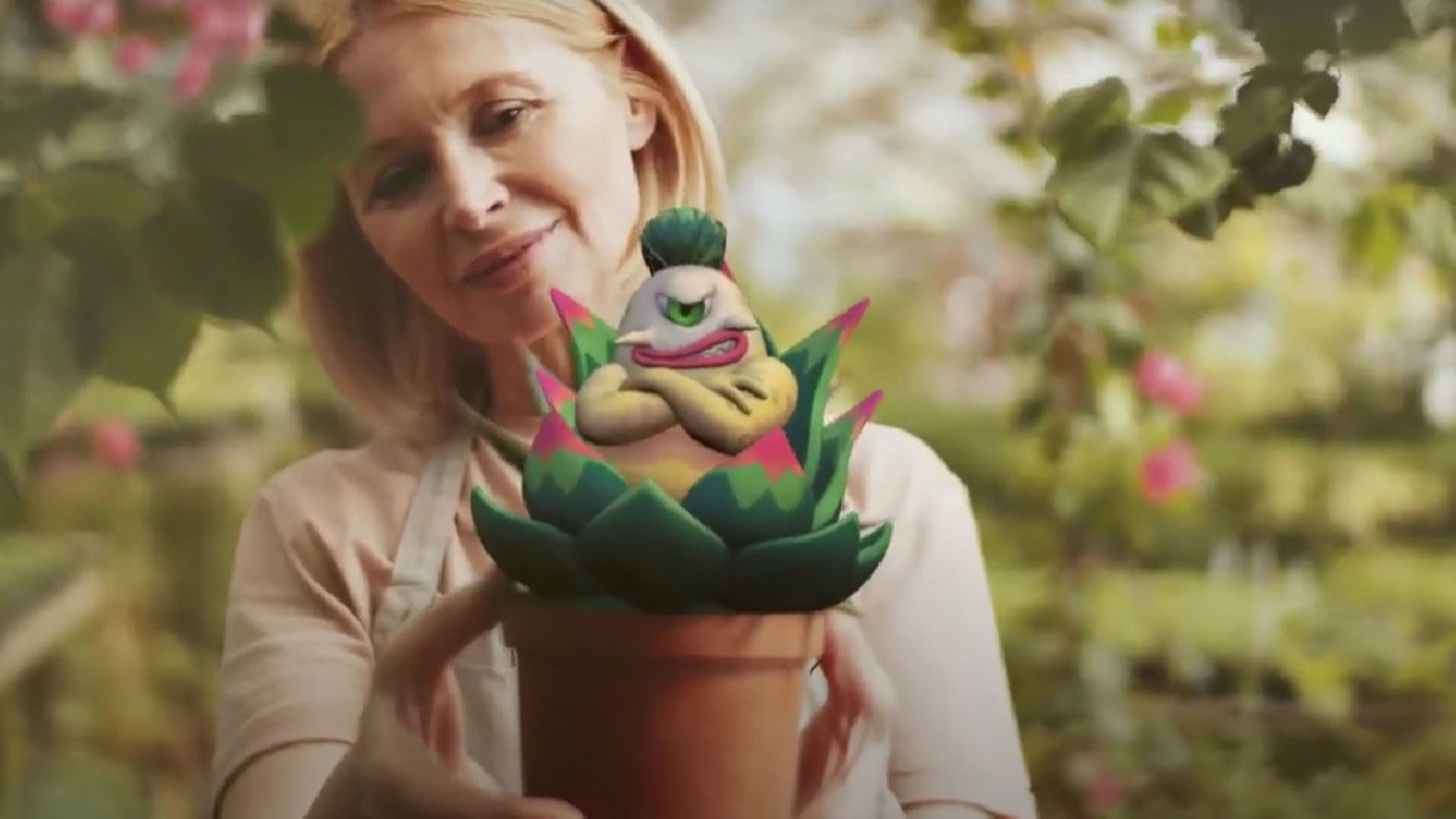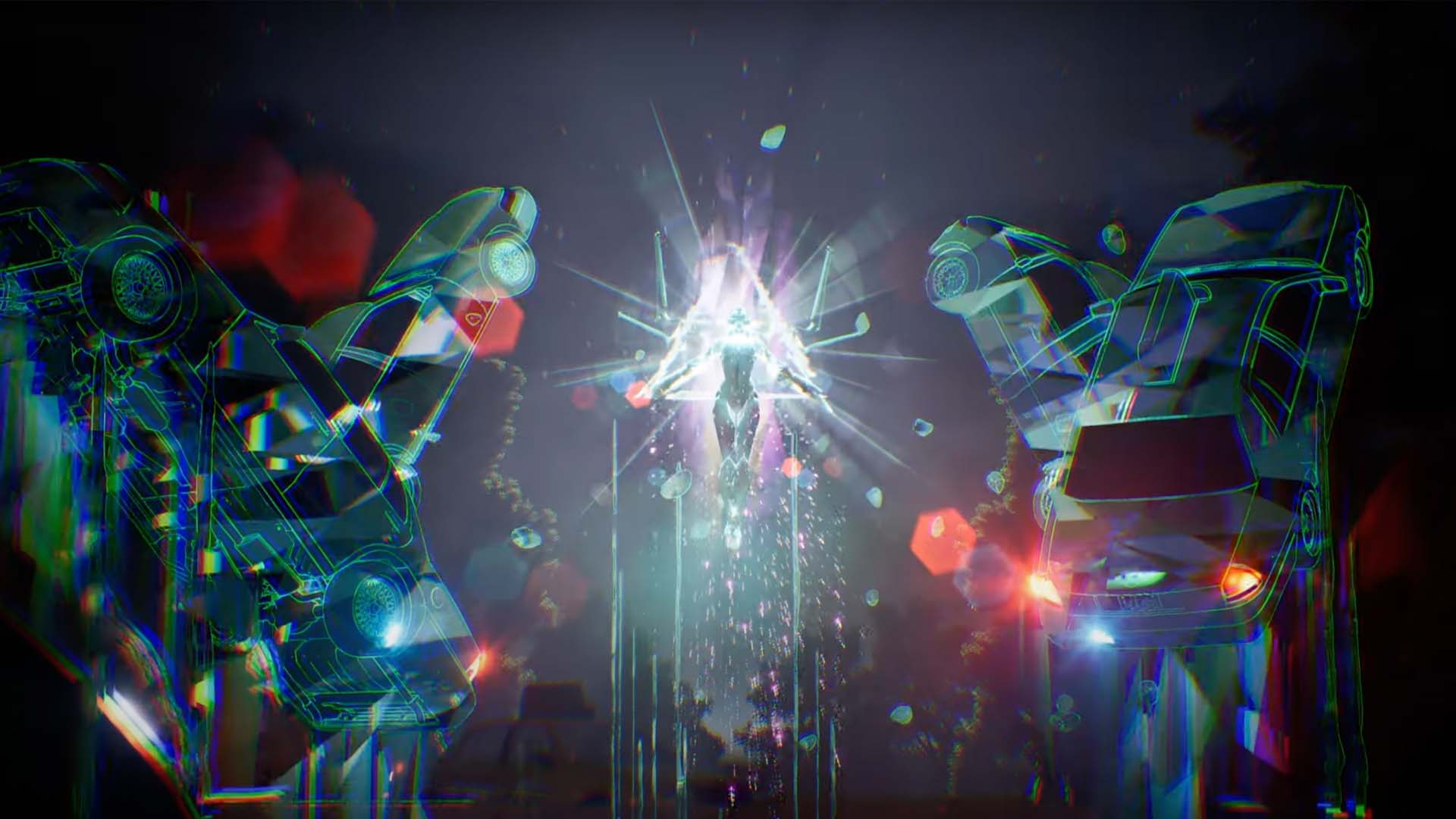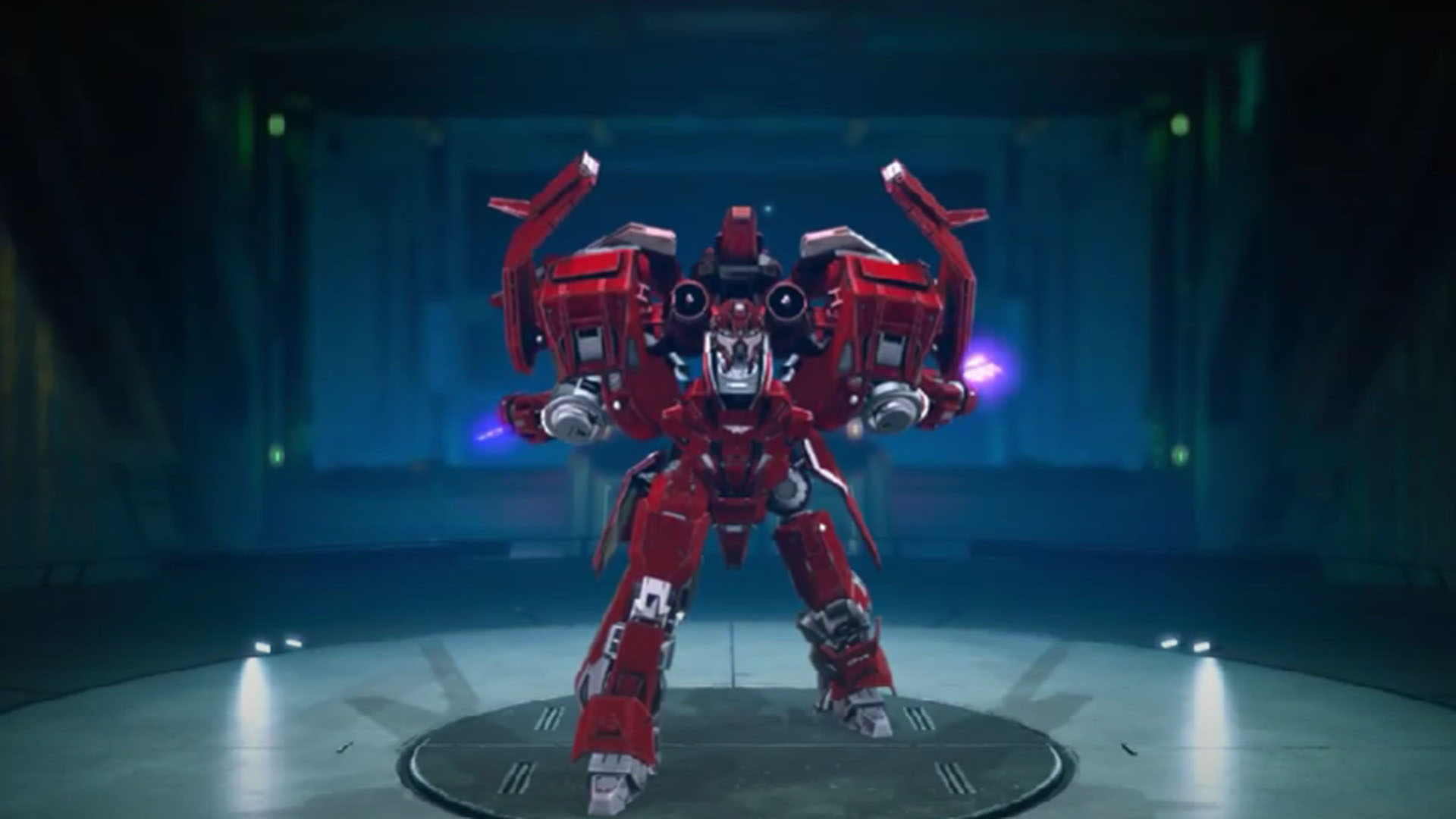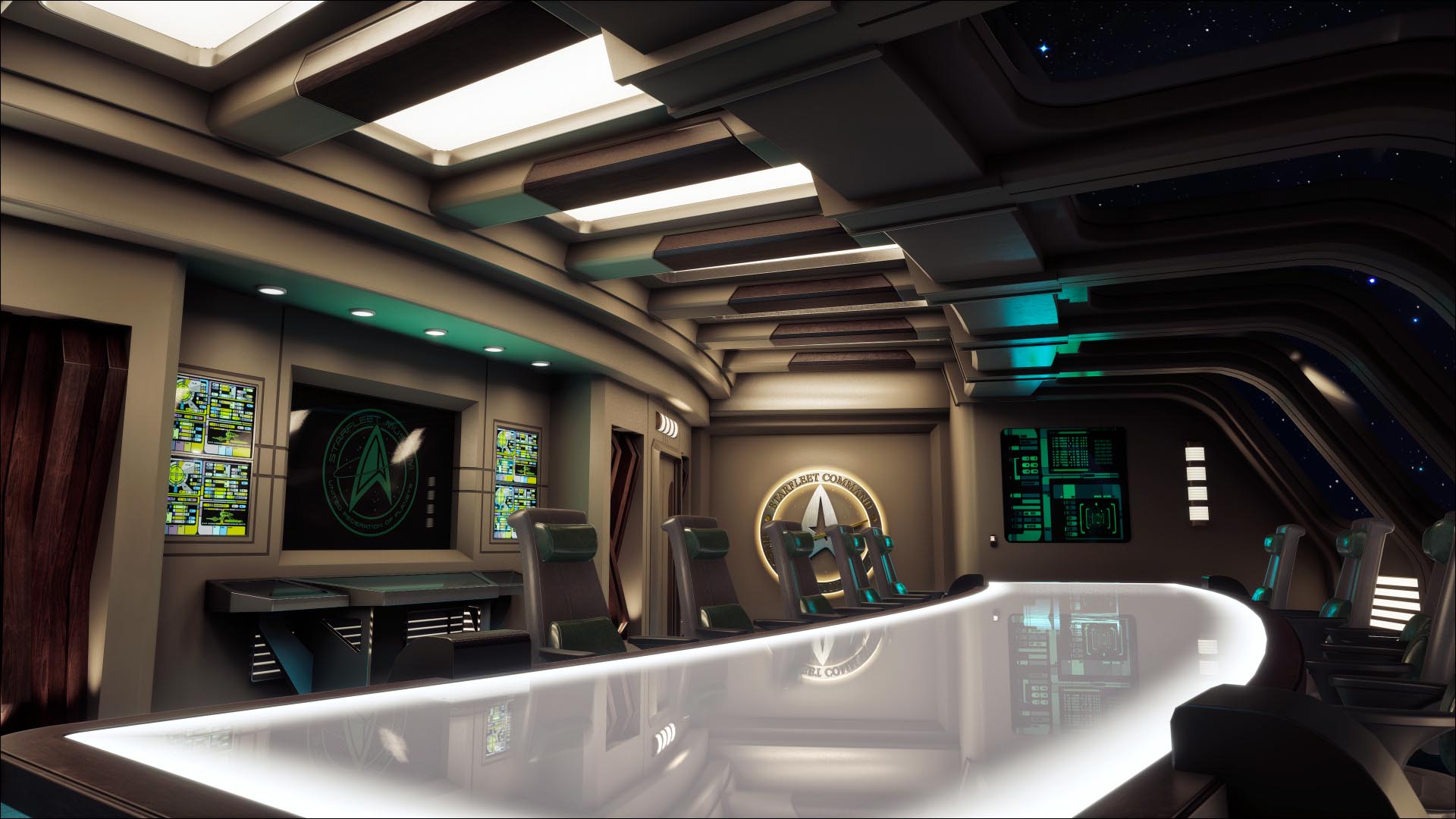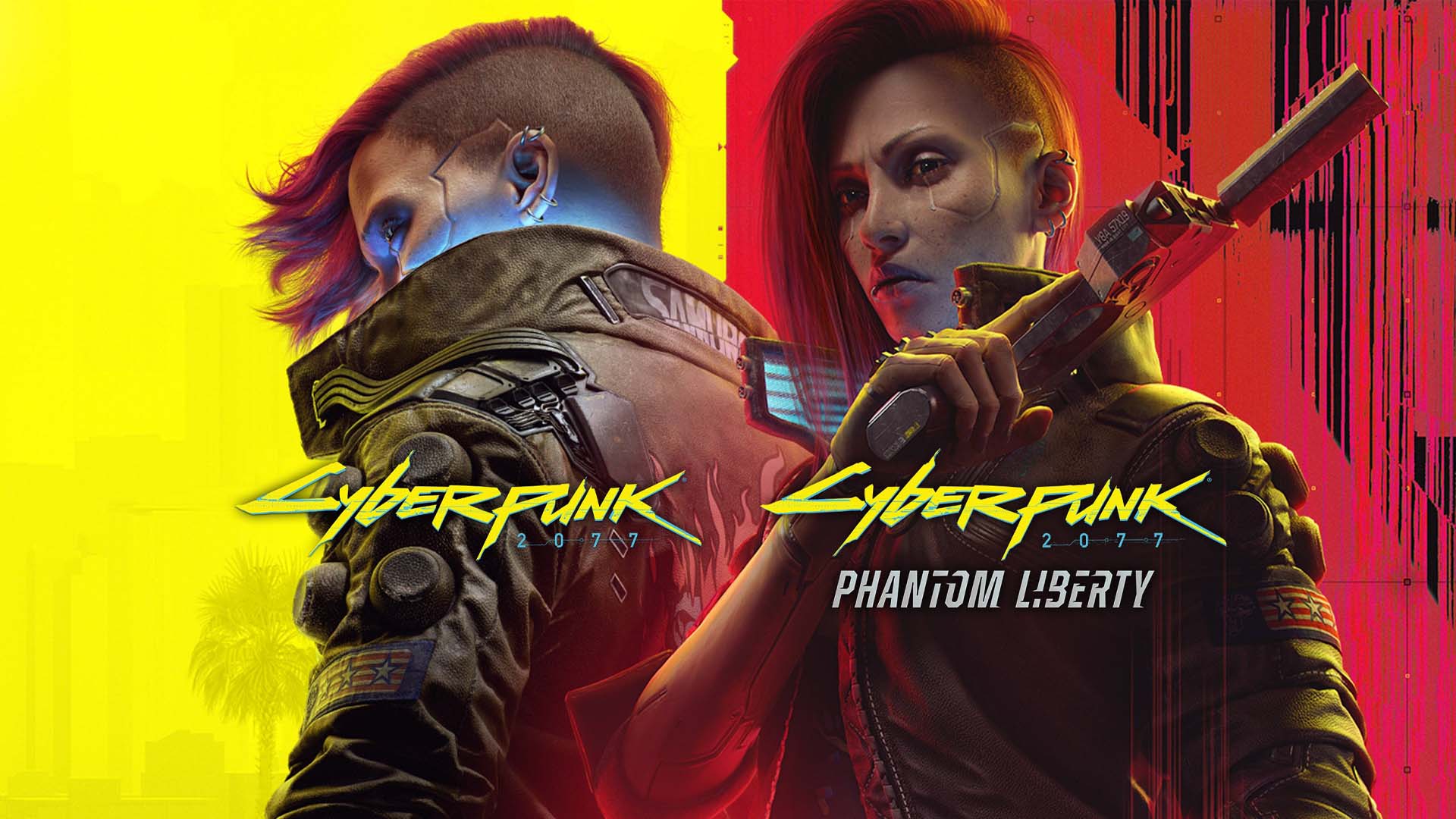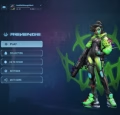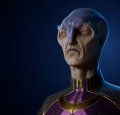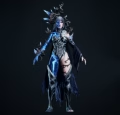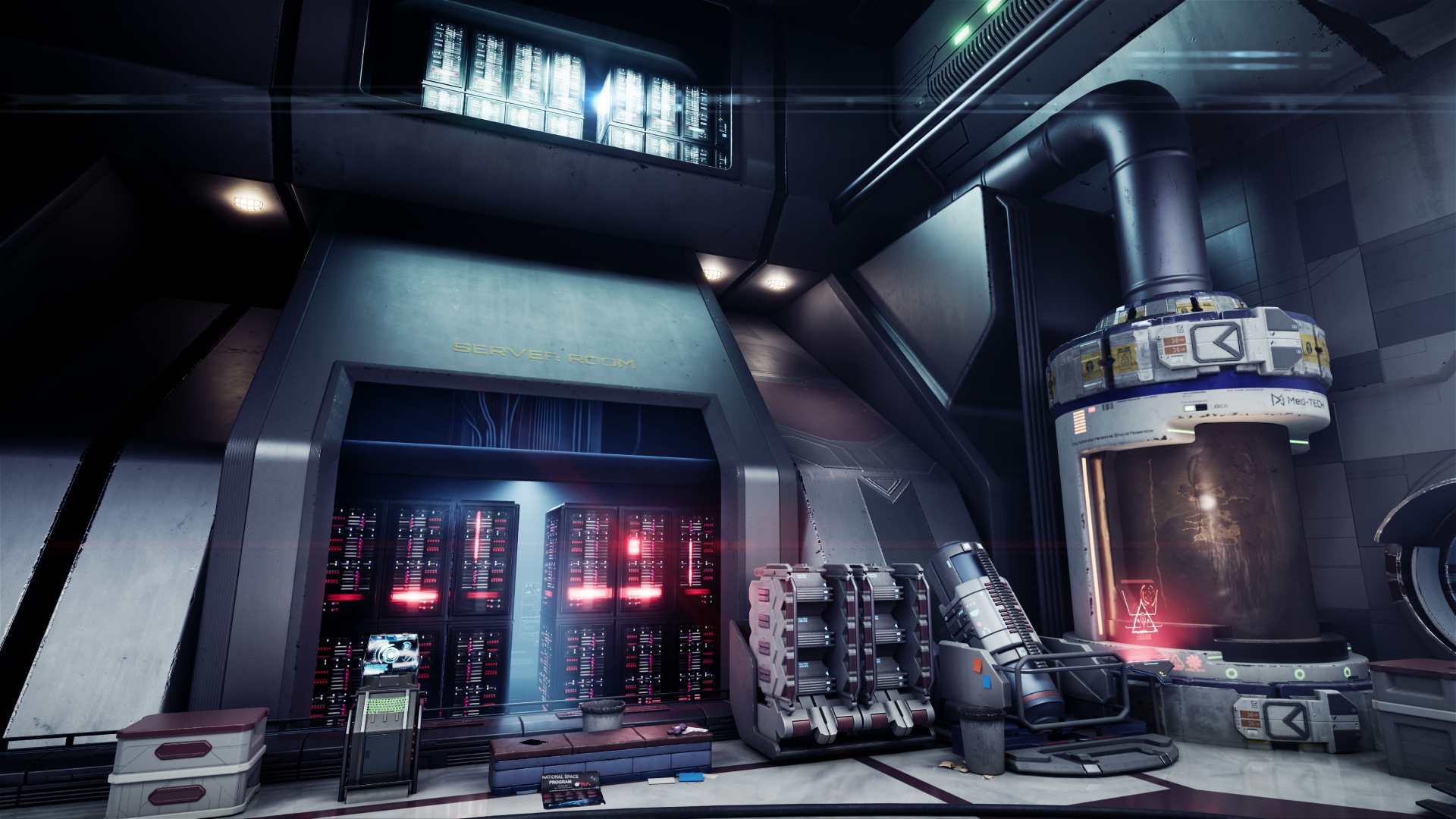Video game art production is the process of creating the visual content for a video game and integrating it into said game. It contains a wide range of artistic and technical talent, from concept art and character design to environmental design, animation, and texturing.
In this blog, we’ll discuss a few of the key elements of game art production and the game art production pipeline, as a model goes from concept to creation.
The Game Art Production Pipeline
A question we often hear is what is involved in 3D art production for games? There are several steps which begin with some ideas and early concepts and end out with the incredible 3D game art you see in modern gaming. This typically begins with concept art and ideation, moves onto 3D modeling, then onto texturing, next into rigging and animation, lighting and game VFX, before final polishing, and the final integration.
Ideation and Game Concept Art
First up, you need an idea and a base concept. Whether you’re creating environmental art, character art, asset art, or developing your game’s art style, everything starts with an idea and a rough concept. Concept artists, naturally, play a big part here, beginning the process of creating the visual that will grow into a finished product. Rough sketches and explorations will help the teams get to grips with the visual style and help narrow down existing ideas. Sometimes a character just doesn’t look as you imagined or an environment is missing that special something. Here, as a team, your concept artists and you will help flesh out and begin the game art production pipeline.
3D Modeling for Games
Once explorations are narrowed down to a single idea or a much tighter spectrum, the 3D modelers can begin their work. 2D concepts become full 3D visualizations. Using tools like Blender, 3ds Max, or Maya, the concepts are built out and explored in the 3D space. For 3D game art, the earlier you can lock in changes, the better. This helps with timing and resources down the line as the further into the art production pipeline we go, the more expensive and time consuming it is to change something.
Texturing
This stage follows on from completed 3D models where the game art is truly given its life and feeling. Texturing takes a plain, grey model and turns it into something that feels lived-in and real. Weapons are given their metallic shine, scuffed and scraped from use. Leather is given the rugged material it deserves, showing its use and its history. Clothes, vehicles, environments, people become video game art come to life. Texturing isn’t just ensuring that metal looks metal, and fabric looks like it should in real life It’s about giving the items, assets, and characters their life and story. This can help any good video game art become great.
Rigging & Game Animation
While technically two separate steps in the video game art production pipeline, this can be combined into a single stage for the case of this article. Rigging is the process of game art production where 3D models, usually just characters and creatures, are given a skeleton for all intents and purposes. This skeleton is used to puppet and move the model around for the sake of the next step – game animation. Our game animators take the precise work done by rigging specialists and begin creating core game animations. Walk cycles, jumping, climbing, basic attacks, talking and interacting with the world.
This step in the game art pipeline involves a comprehensive knowledge of movement in all walks of life, pardon the pun. Game animators must understand how we move and why we move in specific ways. That goes for the variety of creatures that might need animation. Four legs, two legs, hunched, upright, running, climbing, these are all variables, and each have real-world counterparts that our animators understand through rigorous research.
Lighting & Game VFX
Lighting in game art production is more in relation to environments while game VFX can be for any aspect of game art.
Lighting helps set the tone and the mood. Mist filling your vision as you approach a log cabin can help drive up tension and uncertainty. A single beam of light from a lamp post in an otherwise dark street can guide players to safety or doom them to a trap, helping to seamlessly improve the visual aesthetic while aiding the gameplay.
Game VFX are any special effects added to the game’s existing visuals. This is a huge array of visual effects from the weather to weapon effects and explosions, magical phenomena or spells, smoke, fire, sparks, and everything in between. For game art production, VFX is like a scale you must control as per the game’s needs. Sometimes it needs a subtle flicker of light, a spark, or a gust of wind. Sometimes you need the world itself to tremble and storms to swallow the sky itself! Maybe it’s the clipped muzzle flash of a suppressed pistol or the blinding flash of magical might. Game VFX helps to sell all of it and to guide players with a learned visual language.
The Final Steps of the Game Art Production Pipeline: Polish and Integration
Integration is a technical step of game art production where the assets are imported into the game’s engine, such as Unreal Engine or Unity. This stage also includes any further optimization of the assets to ensure the game’s performance is unaffected.
The polish stage is any further refinements and adjustments to all elements of the assembled game art. Tweaking of values to lighting, adjusting timing on VFX or animation, making final touches to 3D art assets or characters.
Through these stages of game art production is comprehensive collaboration and feedback from every member of the team. Concept artists and 3D artists consult with one another for a fluid and seamless transition from 2D to 3D, animators discuss the 3D model as it’s being built to ensure the rigging and animation won’t cause clipping.
With Magic Media’s comprehensive art production services you can be sure of a seamless production pipeline that will deliver only the best results for your game. Get in touch with us today for any of your game art needs or any of our comprehensive services such as game VFX, full-cycle game development, and much more.

